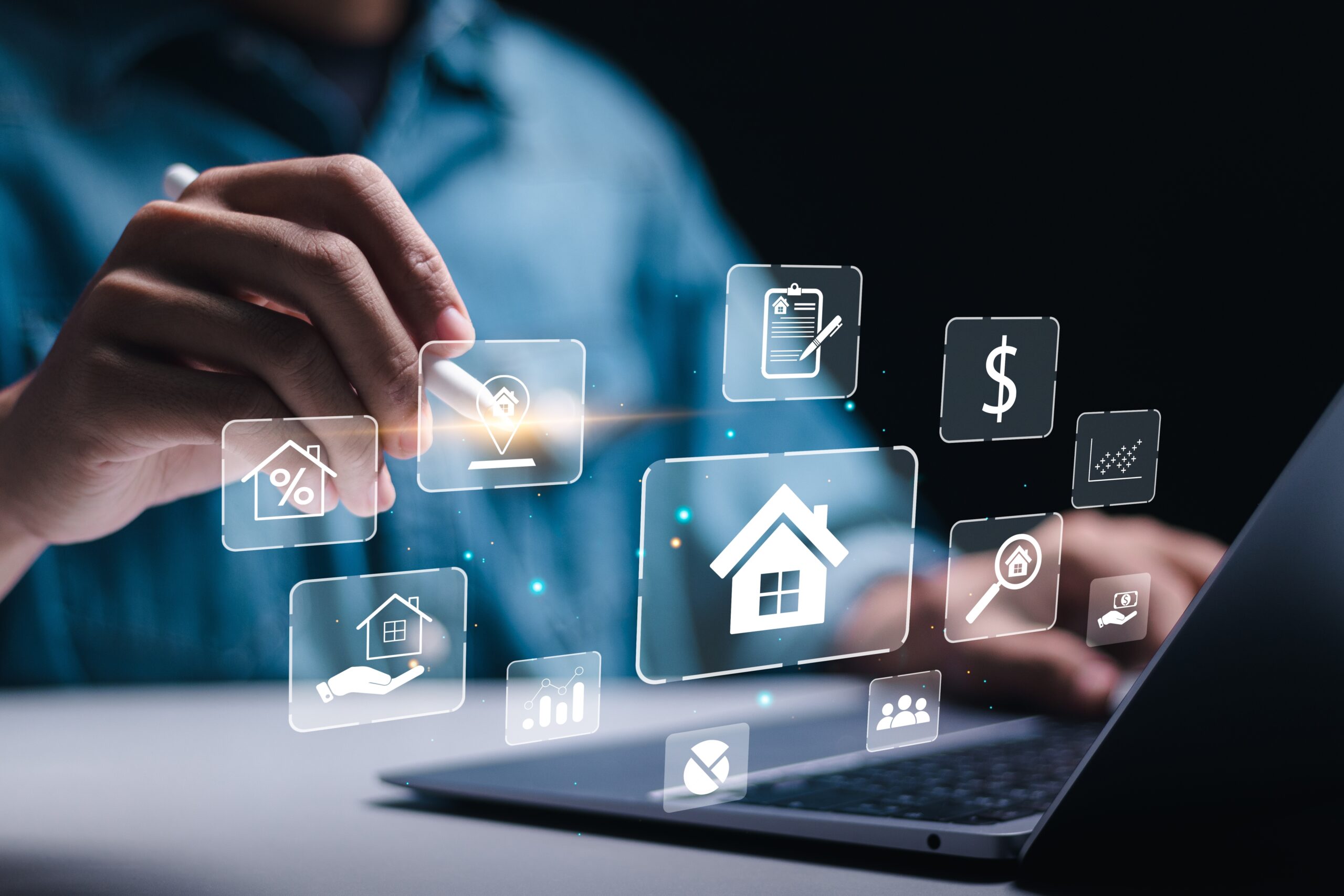
Collected VAT: what do I need to know?
As a major source of government revenue, VAT must be properly managed to comply with regulations and avoid financial penalties, enabling businesses to maintain competitive prices while ensuring profitability. Playing a key role in the traceability and transparency of commercial transactions, collected VAT obliges companies to maintain accurate records of their sales and purchases, in order to facilitate any tax audit. However, the complexity of tax regulations and the frequent updating of VAT rates can make its management laborious and prone to error. Here's a look at this accounting concept.
What is the difference between input VAT and output VAT?
Because the difference between input and output VAT can be subtle, here's a reminder of what the two concepts represent.
Collected VAT is the tax that companies collect from their customers on the sale of goods and services. For example, a company sells a product for €1,000 exclusive of tax, and applies 20% VAT, bringing the price inclusive of all taxes to €1,200. The €200 in VAT is collected by the company from the customer and must be paid to the tax authorities. The word "collected" is important, as the company acts as an intermediary, without the money received in VAT ever going to the company.
Its counterpart, deductible VAT, is the VAT paid by the company on its own purchases of goods and services. For example, if a company buys supplies for €500 excluding VAT at 20% (i.e. €600 including VAT), it will have paid €100 in VAT. Generally speaking, the company will deduct the VAT collected when it files its tax return. So, if the company has collected €200 in VAT and paid €100 in deductible VAT, it will have to pay €100 in net VAT to the tax authorities.
Collected VAT: what rates apply?
In mainland France, the calculation of VAT varies according to the type of product or service sold, with four different rates in force.
The standard 20% rate is applied to most goods and services.
An intermediate rate of 10% applies to prepared food products, campsite rentals, hotel rooms, furnished premises and passenger transport.
A reduced rate of 5. 5% is in place for basic necessities such as hygiene products, food, books, gas and electricity.
Finally, a super-reduced rate of 2. 1% applies to medicines reimbursed by Social Security, live animals for slaughter, and newspapers, whether in paper or online format.
These different rates allow taxation to be adapted according to the size and nature of the goods and services.
How to calculate output VAT?
Calculating output VAT is therefore straightforward. The company proceeds according to one of two formulas:
- Amount of VAT collected = Sales price incl. VAT - Sales price excl.
- VAT collected = Sales price excluding VAT x VAT rate
What are the special features of output VAT?
Frequent changes in tax laws can make managing collected VAT a complex task. Governments regularly adjust VAT rates and application rules, forcing companies to update their invoicing systems and train their staff accordingly. An invoicing management platform needs to keep pace with these legislative changes, and automatically update the VAT rates applied to each transaction.
Move towards paperless accounting with Freedz. Contact us to ask our experts your questions!

Axess renforce son positionnement et l’accompagnement de ses clients immobiliers en devenant partenaire privilégié de Docoon.immo

Syndics, libérez-vous des factures ! Freedz simplifie votre gestion au quotidien

Freedz : la Plateforme Agréée qui aligne les objectifs du DAF, du DSI, & de la Comptabilité Fournisseurs
Our most popular free resources:

White paper: the essentials for a successful digital transformation of your accounts payable
This white paper provides answers to the main questions you may have when making the transition to electronic invoicing, as well as the points to watch out for in order to successfully complete your project.

The Guide to 2024: everything you need to know about the widespread use of electronic invoicing
This guide contains all the information you need to understand the new legislation and to anticipate this change.

Case Study: Improve Accounts Payable Efficiency While Maintaining Control
In order to improve its supplier relations and enhance the value of its employees' missions within the accounting department, Halpades has chosen to completely dematerialise its supplier invoices thanks to Freedz.